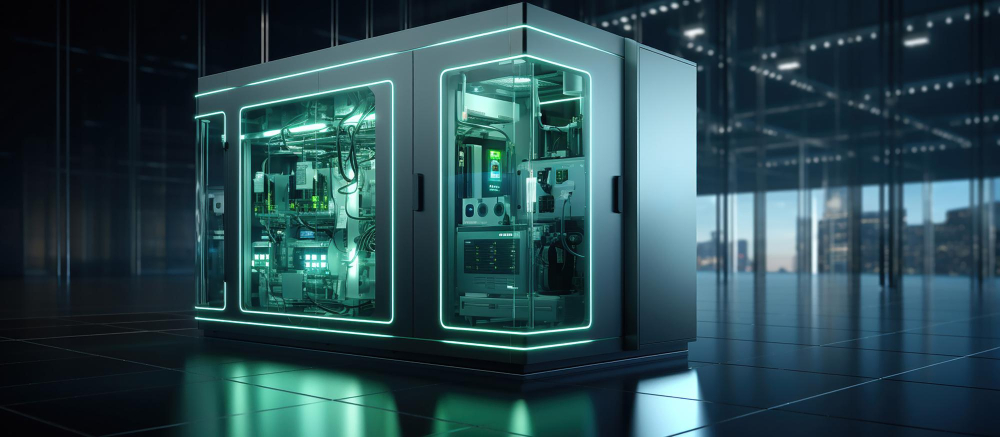Generator sets are functionally - converters of mechanical energy into electrical energy. The technique is used as a backup or main power source.
A generating set is equipped with a working engine or other source of mechanical energy that rotates the crankshaft. Medium and high frequencies of such rotation provide active movements of the rotor, which produces alternating current. As a source of mechanical energy it is common to use various types of fuel or natural resources. Depending on the required amount of energy production, diesel, petrol, gas generator sets, as well as hydro generators, turbine and wind units are used. A distinction is made between direct current and alternating current generators, synchronous and asynchronous generators.
Design features
Generators running on petrol or diesel fuel are mainly used for domestic consumer purposes. These units are compact, easy to operate and economical in terms of refuelling. They operate on available fuel and provide the necessary amount of energy for consumer purposes.
The construction of a household generator includes the following constituent elements:
- soundproofing cover;
- standard silencer;
- steel frame;
- working engine;
- fuel tank;
- battery;
- cooling system;
- control system.
Field of application of generating sets
Generator sets are used in any location where there is no centralised source of electricity. In this case, they fulfil the function of providing the main power supply. This is used in all sorts of field work, remote construction sites, un-electrified dacha plots. To provide backup power, these units are usually purchased by organisations with strict requirements for workflow continuity. For example, flow production, water and heating supply agencies, law enforcement agencies, transport and communication companies. In the event of an emergency situation associated with a centralised power outage, generator sets can avoid downtime and substantial losses.
Characteristics and cost of generators
Diesel generators are approximately twice as expensive as petrol generators. They provide high power output and have a long service life.
Inexpensive models operating on a mixture of petrol and oil, equipped with a two-stroke engine, provide a low current output. These are convenient options for charging power tools in the field.
Expensive units with a reserve time of up to 4,000 hours are equipped with a four-stroke engine. These models are rare. The optimum option for long-term continuous generation of household current is a unit with a diesel engine and air cooling system. Asynchronous models are considerably cheaper than synchronous models.
The optimum option in terms of cost and efficiency is a liquid-cooled diesel generator with an operating life of up to 40,000 hours of continuous operation.



